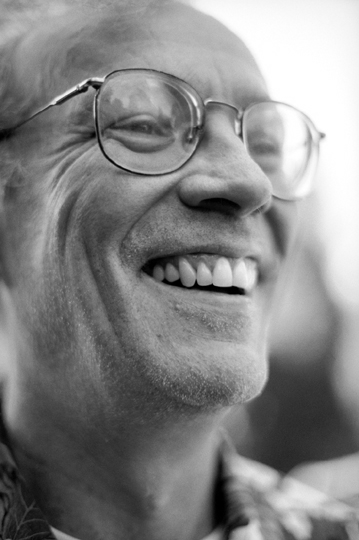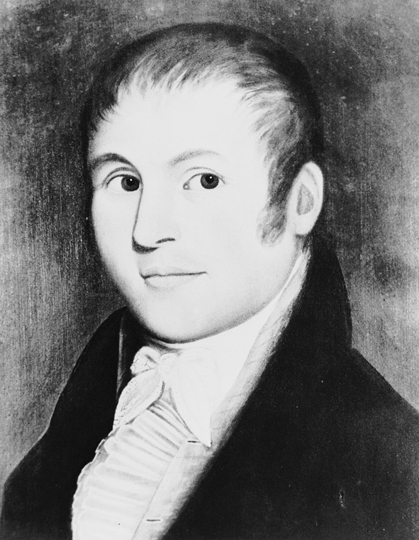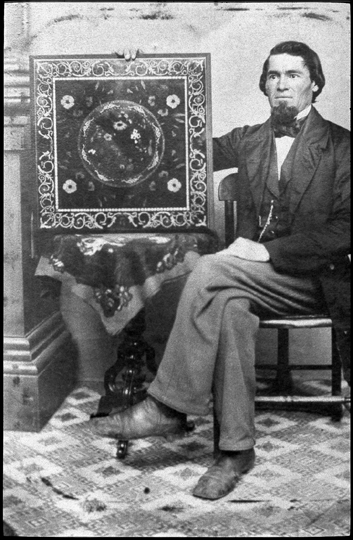



Nathan Lombard
(1777-1847)
Peter Glass
(1824-1901)
Silas Kopf
b. 1949
The kaleidoscope transformed the way Americans looked at the world. Most importantly, it gave great impetus to the use of non-symbolic decoration--decoration that did not directly represent an identifiable theme of any kind. Such ornament represented an affirmation primarily of the person who experienced it and of the emotional response it generated for him or her. For two decades--until the camera re-oriented the eye toward realistic detail--abstract ornamentation inspired by the kaleidoscope was one of the hallmarks of the fancy style.